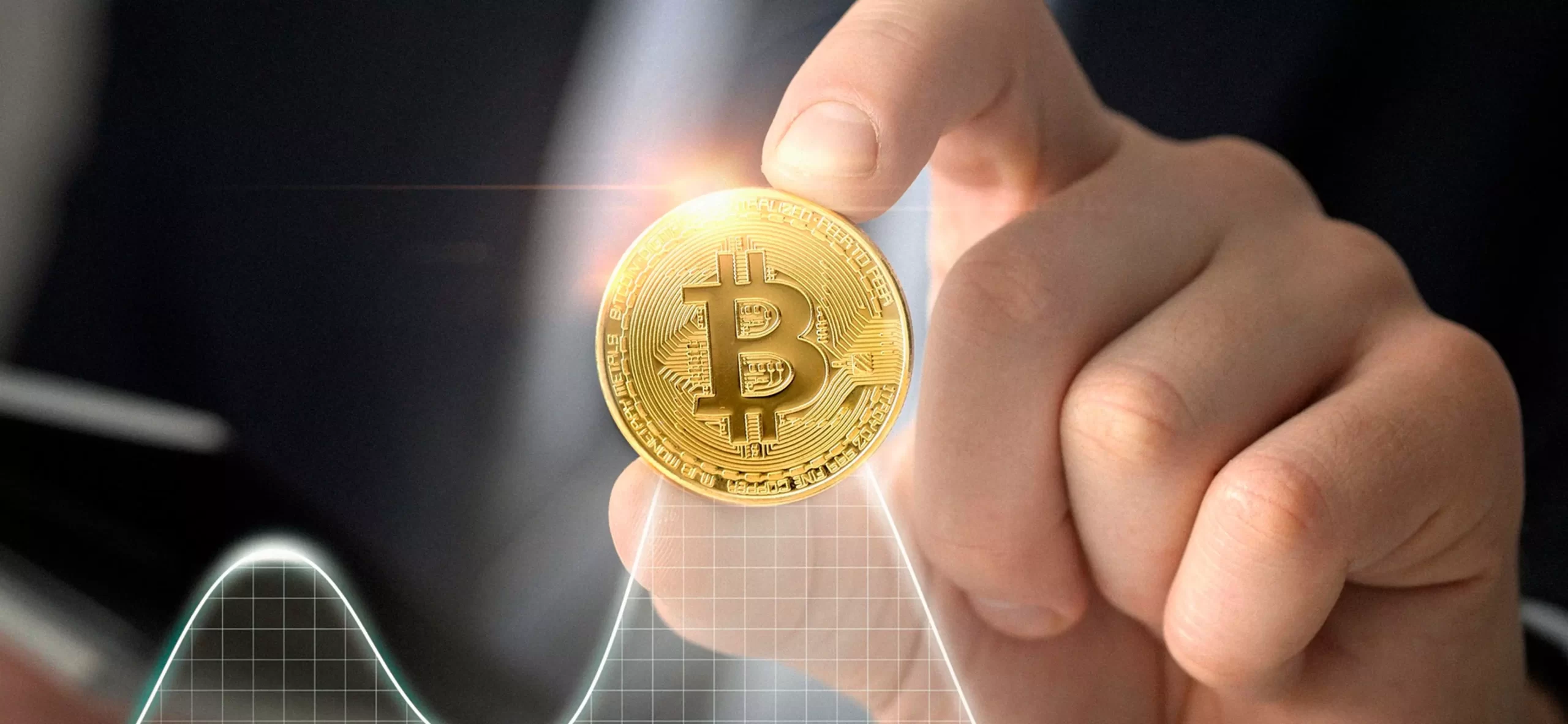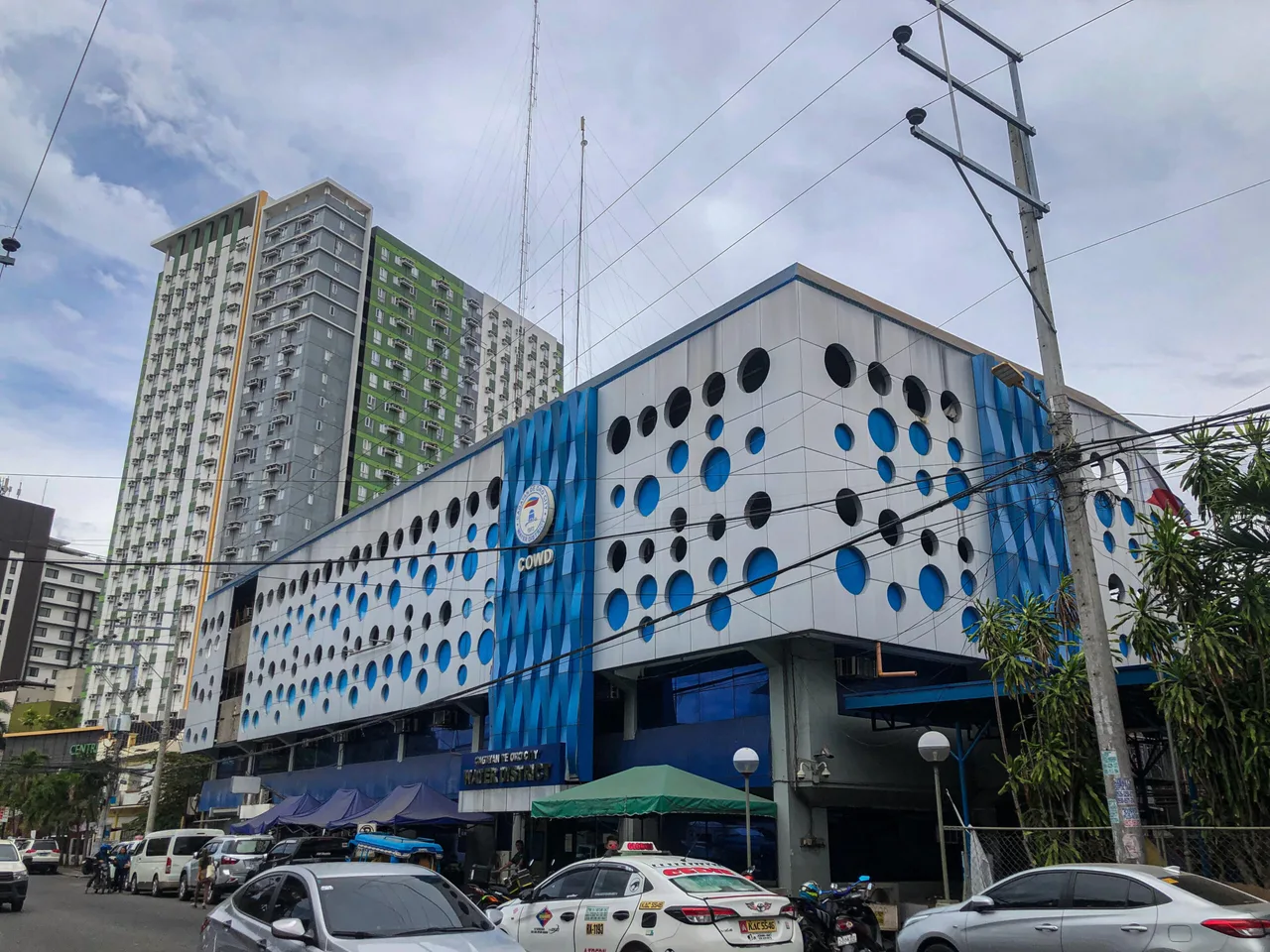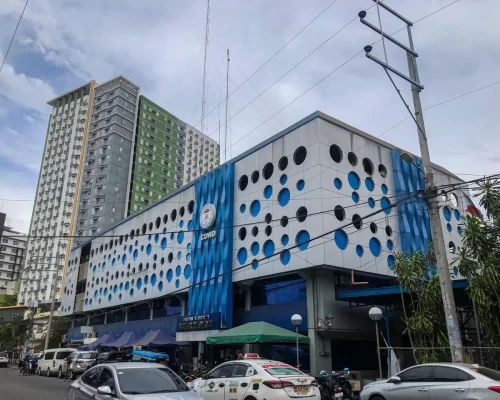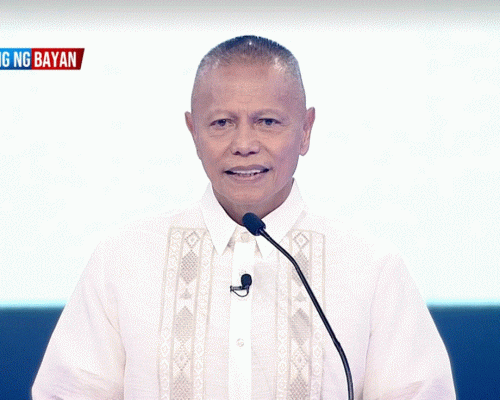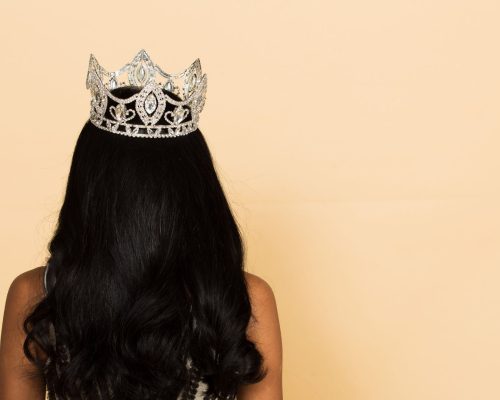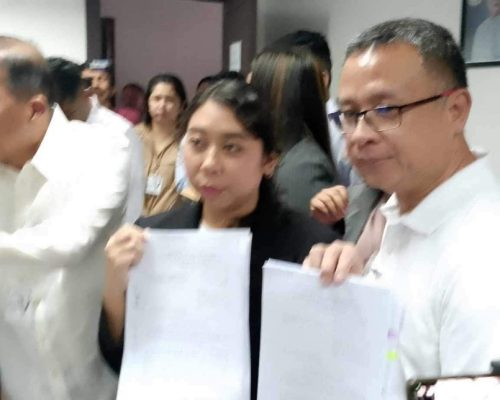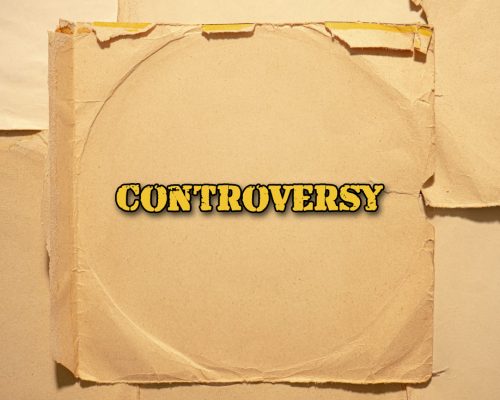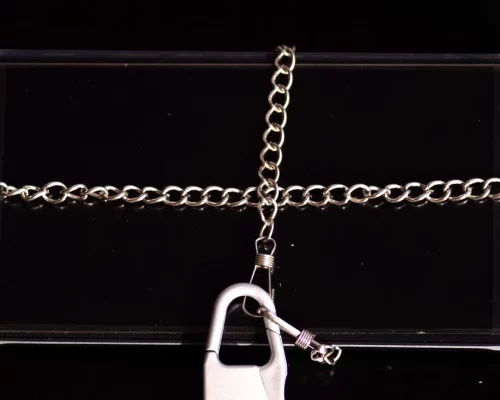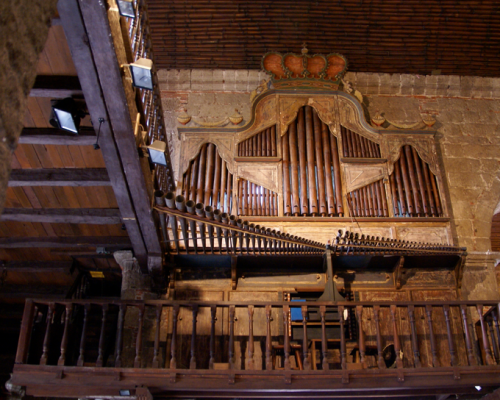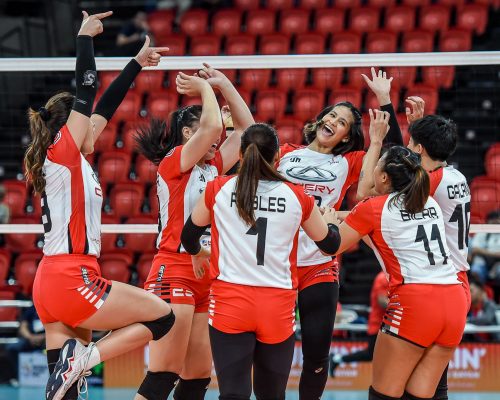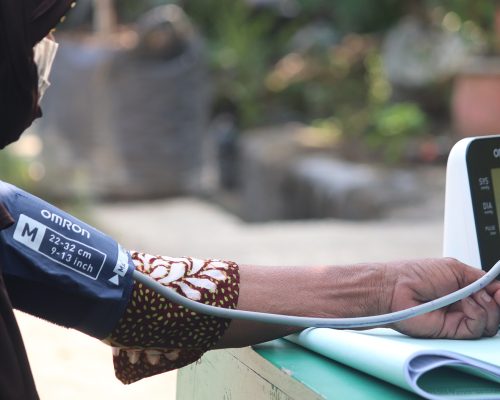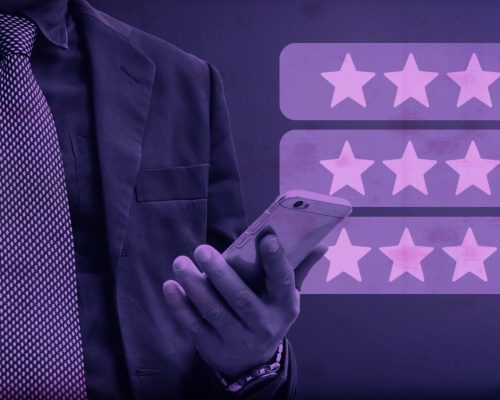In the beginning, there was barter
Pedro comes down from his farm in the mountains with his harvest of bananas to the town’s marketplace. There was his friend Juan who was selling eggs. Pedro agreed to give some of his bananas for Juan’s eggs. This is barter trading.
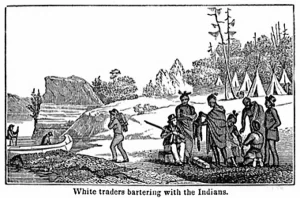
For centuries, barter trading has been a system of exchange in which goods and services are exchanged directly for other goods and services. It is used when money is not available or when there is a lack of trust in the financial system. Both parties have a need or desire for the goods or services being exchanged, which can be a challenge if there is a mismatch in what each party has to offer.
In the past, small communities keep a record of the exchanges. These exchanges or transactions are recorded in what we can now see as a ledger. But as the community grew, this became less efficient.
Let’s go back to Pedro. His friend Maria wants some of Pedro’s bananas; however, she does not have anything useful. But she has some rare and beautiful stones to exchange for the bananas. The stone shows that she owes these bananas to Pedro. The stones are a kind of IOU (I Owe You), a kind of promissory note. The stone gains a perceived value because it acts as a symbol or token of transaction.
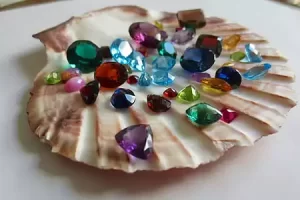
In the marketplace, Tomas is selling fish. Pedro now uses the stones with Tomas’s fish. The stones can be used as a token of value to trade with other goods. This is the beginning of money.
Why money is better than barter
Money facilitates trade. A token must have the following properties to be used as money.
- Portable – It is hard to trade with rice because it is hard to carry around. Imagine carrying a sack ground.
- Durable – Bread is not used because it expires. Once it does, it loses its value.
- Divisible – Animal horns were once used. But it is hard to cut it so you can give change.
- Rare – Sea shells were once used but quickly gone because they can be quickly found on beaches.
- Intrinsic value – Copper is preferred over feathers because copper can be forged to make other items like weapons or ornaments. It also makes it easy to trade outside your community.
Metal Money
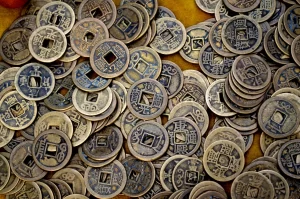
One property of money is that it gives you power. The more money, the more power you have. So, kings and other sovereigns started using precious gold and silver as money. Gold because it has all the properties needed for a token for money, is portable, durable, divisible, rare, and has intrinsic value. So, to make it hard to forge, the king minted gold into coins and had their image stamped to guarantee its worth. Like any government, it retains its power by controlling the minting process. It can also be used to trade with other communities. And just like any government in history, there is corruption. The king mix low-cost metal with gold, lowering its intrinsic value but retaining its perceived value.
Paper Money
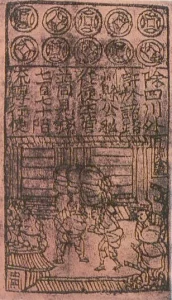
Carrying all that heavy metal coins can be tiring. Chinese rulers hit on using paper (which they invented anyway). These Chinese rulers kept the coins in the palace and issued IOU (remember I Owe You) certificates on paper to the people in place of the coins. Thus, paper money is born. The paper gained value because the people trusted their rulers. Besides, these paper certificates can be exchanged for coins. Since paper money was linked to gold, money has a standard value. Currency was born.
Banking and Currency
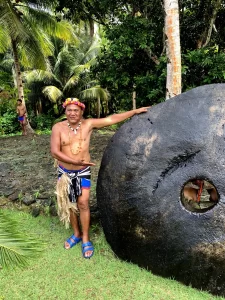 On the island of Yap in Micronesia, rai stones are used as a form of currency. These rai stones were so big and bulky that they could weigh up to 4,000 kilograms, making them difficult to carry around. But the chief requires that they pay their taxes in rai stones. Because of their bulk, people gathered their rai stone in a single and secured location and assigned a person to manage it. This person issued an IOC certificate in place of the rai stone and used it for business transactions. Even the chief accepted it. Thus, the beginning of banking.
On the island of Yap in Micronesia, rai stones are used as a form of currency. These rai stones were so big and bulky that they could weigh up to 4,000 kilograms, making them difficult to carry around. But the chief requires that they pay their taxes in rai stones. Because of their bulk, people gathered their rai stone in a single and secured location and assigned a person to manage it. This person issued an IOC certificate in place of the rai stone and used it for business transactions. Even the chief accepted it. Thus, the beginning of banking.
Check it out
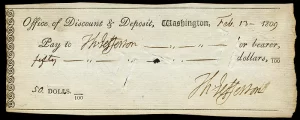
Traveling with money can be quite risky, especially if you are a pilgrim traveling to Jerusalem in the Middle Ages. To help out, some religious orders in Europe can exchange the pilgrim’s money for a certificate IOU. With that certificate, the pilgrim can exchange or encash it in the monastery in Jerusalem. Thus, the beginning of the check. The first check was written in 1659 by Nicholas Vanacker worth £400.
Wire Transfer and Beyond
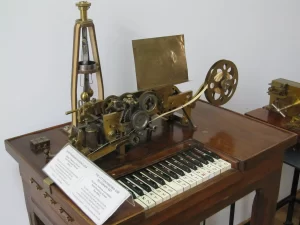
By 1918, with the invention of the telegraph, it is possible to send money without paper. They can just send it electronically via wire. Western Union is among the first companies to offer wire transfer services. However, the downside is you can only receive it at the telegraph company or its branch. You have to travel if there is no telegraph near you.
To address this issue, the use of the card ATMs (Automated Teller Machines ), credit, and debit. These cards were not necessarily the same as money transfers, but people used them for these purposes. These machines were much easier to build, giving people much more access. Credit cards came out in the early 1920s, but the first ATM did not appear until 1967.
What is Cryptocurrency
Cryptocurrency is a form of digital currency and is cryptographically secured, making it nearly impossible t decentralized systemsThese are decentralized systems that allow users eceive payments without the need for a central authority, such as a bank or government. Instead, transactions are recorded on a public, decentralized ledger called a blockchain. All transactions that have ever occurred on the network are recorded on the blockchain. Cryptocurrencies use a variety of algorithms and protocols to secure and verify transactions. Some of the most well-known cryptocurrencies include Bitcoin, Ethereum, and Litecoin.
How does it work
- All transactions are recorded on the blockchain and are secured by cryptography.
- Each transaction is verified by a network of computers called nodes. These nodes use algorithms to ensure the transaction is valid before adding the transaction to the blockchain.
- Once a transaction has been added to the blockchain, it is irreversible or immutable. This ensures that transactions are secure and cannot be tampered with.
- New units of the cryptocurrency are created through a process called mining. In this process, miners use their computers to solve complex mathematical problems and are rewarded with a certain number of new units of the cryptocurrency.
The supply of most cryptocurrencies is limited, which means that market forces, such as supply and demand, influence these currencies’ value.
What is Token
A token is a digital representation of an asset with a certain value or utility. In cryptocurrency, a token is a unit of value issued by a specific blockchain platform. It can represent various assets, such as virtual currency, voting rights, and access to certain services and works of art like NFT. The paper itself is not worth much just a dollar bill, but a token of something of value like gold.
Today more than 90% of money transactions are done electronically.

